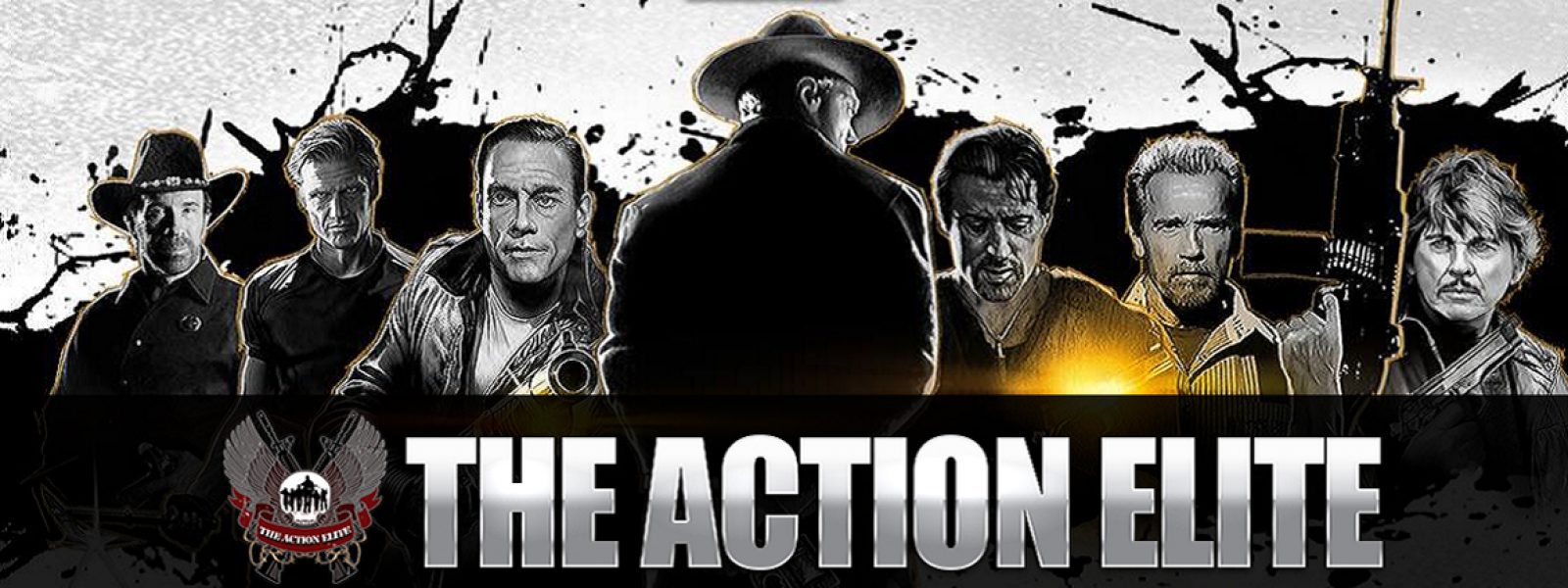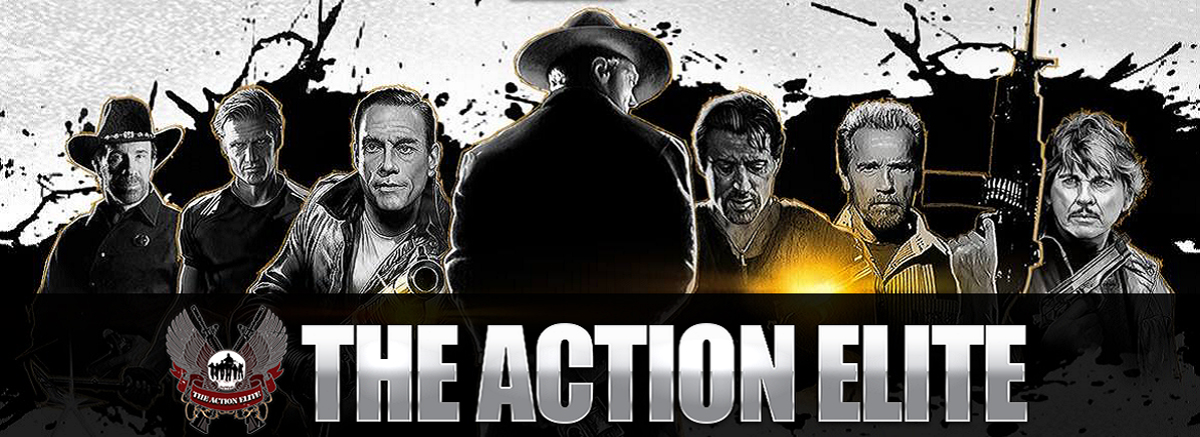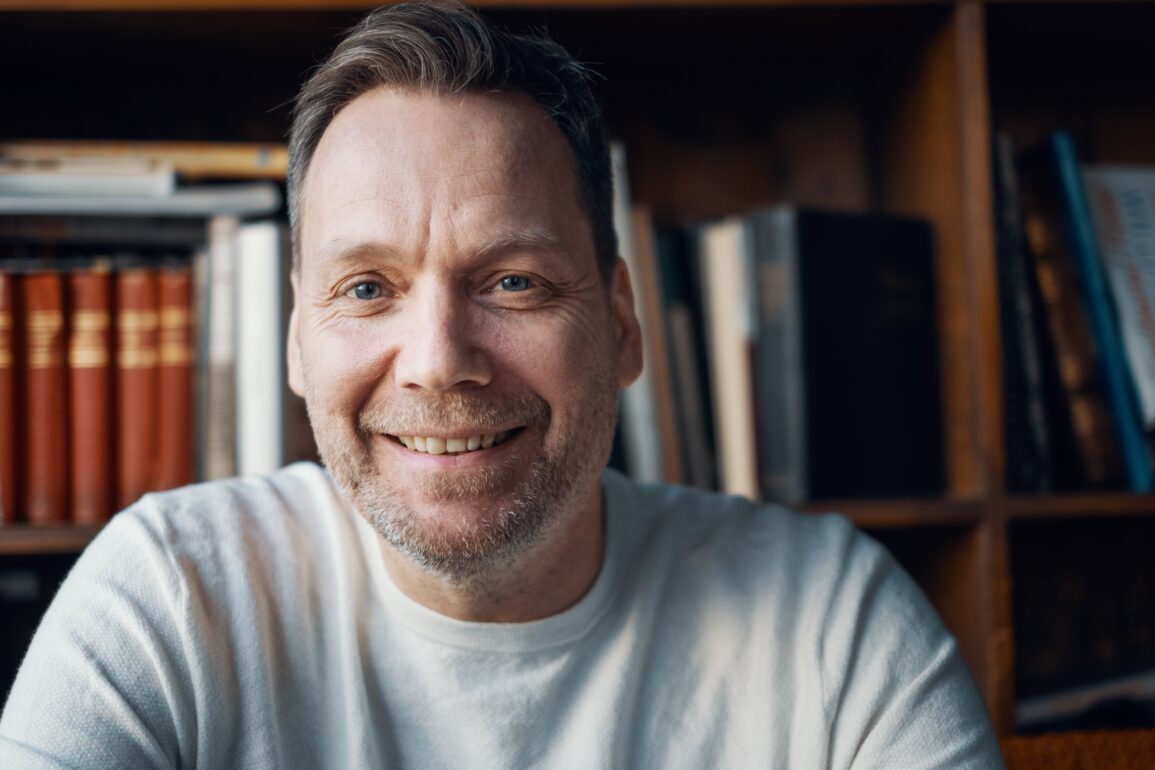As Supervising Sound Editor and Re-Recording Mixer on Tron: Ares, Tormod Ringnes led the film’s post-production sound process in close collaboration with Disney and a world-class team of audio professionals. From the initial editorial phase to the final theatrical mix, Tormod was instrumental in crafting a bold, immersive soundscape that supports the film’s ambitious visual scale and emotional depth.
Working alongside acclaimed mixer Ron Bartlett, Tormod helped shape a sonic environment that both honors the iconic legacy of the Tron franchise and propels it into new creative territory. The duo’s mix blends cutting-edge sound design with nuanced storytelling, balancing the pulsing energy of the Grid with quieter, character-driven moments.
Tormod approached the project with both technical precision and artistic vision, drawing from the franchise’s distinct auditory history while introducing new layers of depth, movement, and texture. From the design of futuristic vehicles and digital landscapes to the emotional clarity of performances, every aspect of the mix was built to fully immerse audiences in the Tron universe.
Describing the experience as one of the most creatively fulfilling of his career, Tormod sees Tron: Ares as a milestone in cinematic sound, a fusion of innovation, legacy, and storytelling power. He stopped by to chat with us about working on the world of Tron.
First of all, how were you approached for Tron: Ares?
Good question. We have worked with Joachim Rønning, the director, like with all these films, so we have a great collaboration with him. I remember when we did Young Woman and the Sea his previous film, during the mix, he told us that he’s going to do Tron: Ares and he wants us on board. We were thrilled and honored and a little bit kind of not worried, but we were like, we really loved the previous films and that was groundbreaking in what they did on sound design and music. And so to take that thing was a great opportunity. We definitely want to kind of pursue that to keep the legacy, but still, we want to go further. We want to do something totally different. We had a long chat with Joachim. We want to make it grittier and he challenged us to kind of go bolder and darker. That was how we started. And Joachim, when he starts shooting with all his films, we start quite early. Even when we read a script, we start thinking about the sound and he wants us to be part of when he starts shooting. So, when the footage comes into the editor, we provide them with sounds and designs so we can start to collaborate at the very beginning. And that’s very important for Joachim to do that. So, it’s been a long journey and we have had lots of fun, played a lot and tried to kind of do something quite differently. Because it’s a digital world, it’s in the Grid, but we wanted to make it more organic, even if we blended like synth. I always like the vintage old synths, like the old Moogs and because they have this organic sound. So, we used, of course, those and we recorded lots of instruments like cellos and we went out and recorded lots of electric bikes and all those things to kind of blend everything electronic with, with organic sound. So, that’s how it started and it’s been a long journey.
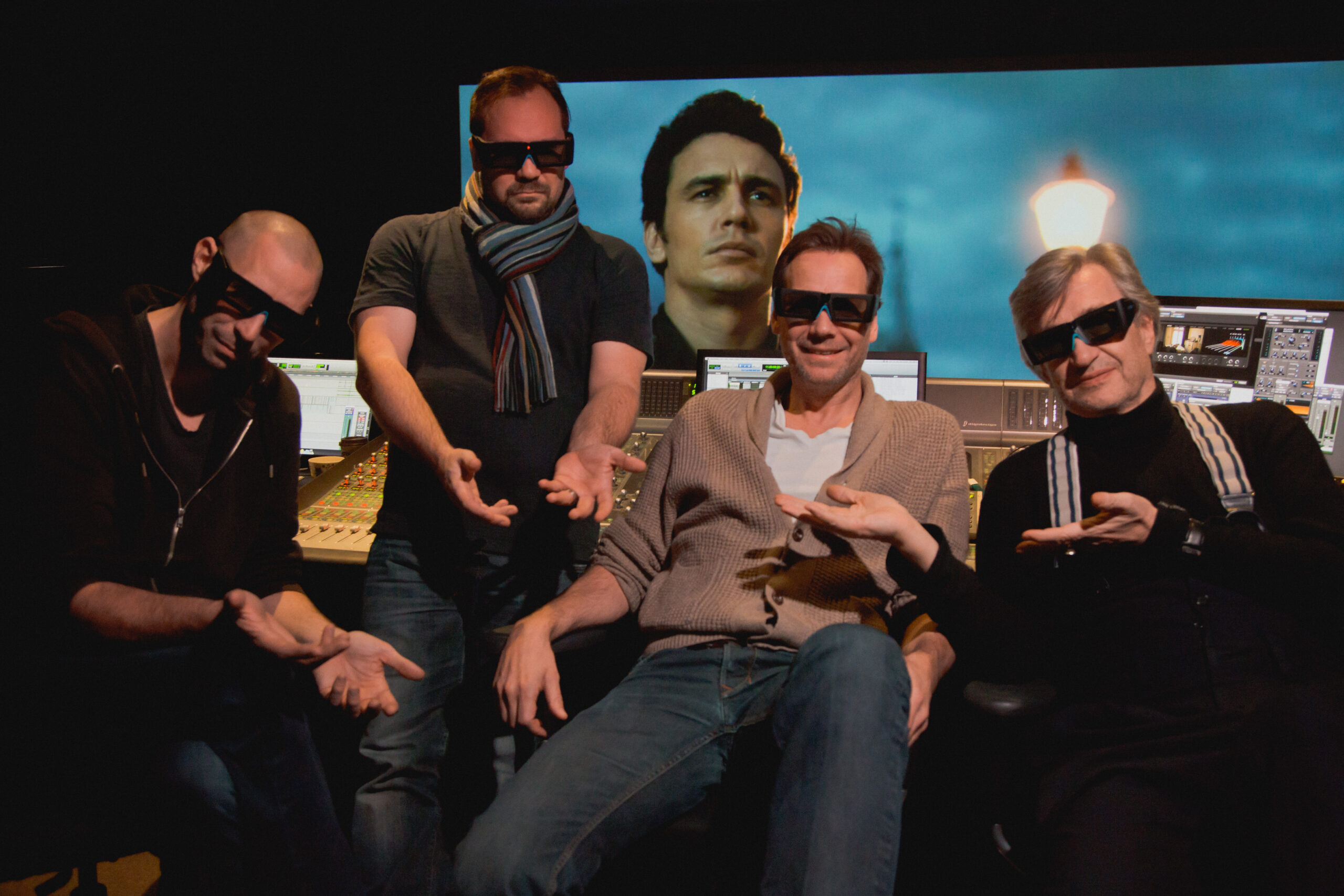
I want to just talk a little bit about the relationship between sound design and production design. Is there any obvious tie-in with colours? In this one particularly, there’s like red and blacks and then in Legacy, it was blue and white.
Yeah. Me and my team, as we are three sound supervisors, sound designers, it’s me, Bård and Addison. And Addison works on the previous film, so that was really great. He’s from Skywalker and we are from Norway, Udert. And then we had Ron Bartlett, genius man that did the dialogue and music mix and I did the effects mix. So, it was a really great team, but we always try to make kind of a palette like they’ve done with the visuals as well. We try to find a ground, something that connects the different elements together. So, you have the pulse inside the Grid, that’s also on the Recognizer. It connects to the dark, like a child of the Recognizer. We have those things and of course the collaboration with the Nine Inch Nails, that was amazing. And so we always try to be precise and the whole sound should be like one piece instead of like music there and effects there. We really work together story-wise. Joachim, he’s the man and he has the vision where we want to go and he definitely has told or collaborated with the visual effects artists where to go and the same he has done with us.
So, it’s a kind of good collaboration and then he kind of forced us to try to fail or try to go as far as we could go and then we find a roadmap. It’s very, very early. We’ll call it like early picture, drawing picture, storyboards so that’s what kind of set us in the right mood. And we saw this film will be much darker than the previous one and should be grittier. We had lots of long collaboration and talks with Joachim about where he wanted to go.
What would you say would be the most complex scene to work on from this movie?
Oh, yeah. All the scenes have been quite complex or challenging because this film has lots of action, lots of details, lots of visuals, and you need to have some dynamic in those things, or it’s just bang on all the time. So, you need to find moments, you need to find details, you are always trying to find what can help the story. Even if there are just lots of fancy sounds and fancy visuals, but we really try to focus on what helps the story and helps the character, how they feel emotional. But it’s been challenging, like the light cycle scenes with great music. And when we got the music, because we worked many months on the design before the music came in, but we started to have a great collaboration with Nine Inch Nails. And when the music came in, we needed to tweak all the sound design to kind of get in sync and match and get it that you can hear it through the music because it’s quite bold music as well. But we just pick those moments and do those things together, like pick moments where you do music and where you do sound and you just like the whole environment using all the speakers. And so it’s been very complex and you try to set all the different, like inside the Grid, the old Grid, we got the sounds from the 1982, but we wanted to make it bigger, wider, but it’s actually the original sounds. We work a lot with Foley because that’s so important because this is so much about electronic sounds. If you want to believe the sounds that it’s actually coming from the vehicles or coming from the character, you need to have something texturized, like some Foley to kind of glue it together. So, it’s all about characters and setting up things. It was really fun, but also complex mixing this film together with the music and dialogue. I’m for always hearing the dialogue, but this film, I kind of wanted to be bold and loud in a good way, but still hear all the dialogue. So, it’s been quite challenging, but it’s been fun.
I saw the movie the other day in IMAX 3D and I’m partially deaf, so I have a hearing aid, but I didn’t need to use it for this movie. I was still able to hear all of the dialogue, which a lot of the times I need subtitles on whenever I’m watching movies because I find a lot of movies, there’s a lot of background noise, but this one, I heard every single word that was said.
Thank you. Thank you. It’s so important to me and it’s tricky, but it’s so important because it’s lots of music and lots of effects. It’s like all the frequency, but you need to dig out the dialogue and need to hear it. So, you can still be part of the film, the story, and just feel it as well.
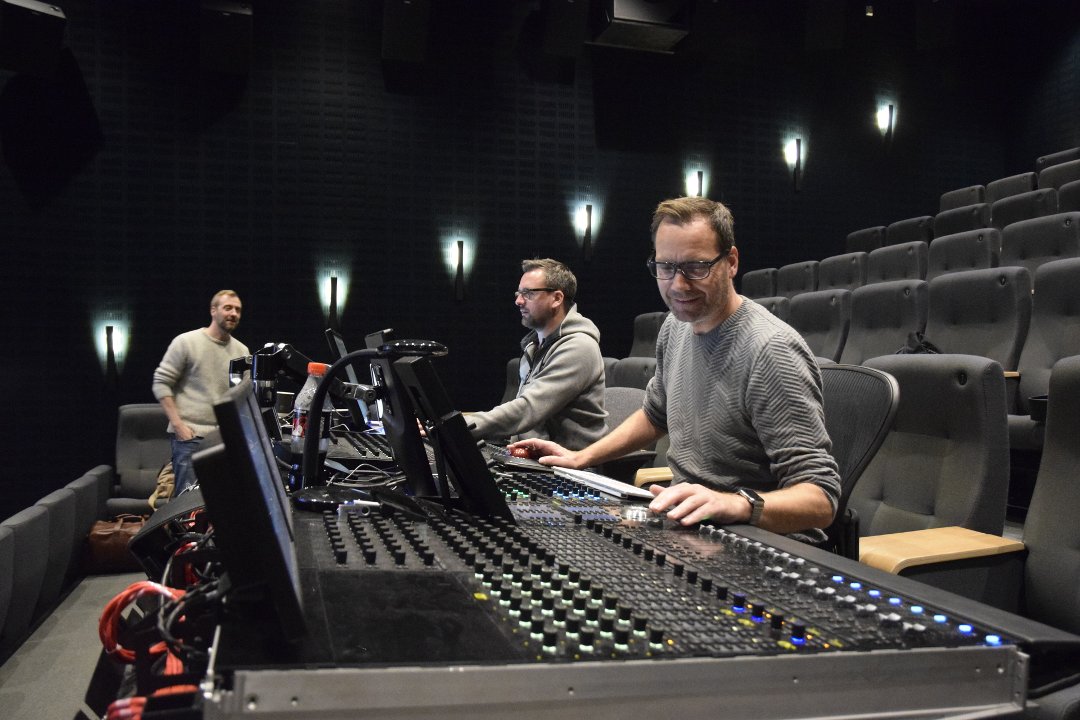
This is a question from my brother, Greg. He is a musician and he wanted to ask this question. He said, one of the things I always loved about David Lynch was having a track of sub frequencies that was below human hearing, but would create unease in the viewer, but you wouldn’t know why. Techniques like that are really interesting. Was there anything like that that you’ve used?
We didn’t do it with purpose. We didn’t, but we really worked both on the IMAX and Dolby Atmos to make the low frequency and we tuned the subwoofer and we tuned every tune. And it was very precise way of doing it because we wanted to be something that you also felt that you were feeling inside. We wanted to be experienced that you only get in the cinema, especially when you’re in the IMAX and like the big cinema, you feel the air and you feel that. It’s something that you kind of you are on. You’re on the bike. You just feel the wind passing and everything. This was so important for us and of course, the music should be like we didn’t kind of put it there, but we definitely worked with really, really low LFE to make it physical. But of course, it’s emotional. It still manages to be emotional, and make you feel something.
Yeah, absolutely. So just coming back to the director Joachim who you’ve worked with before. How much influence did he have on what you were doing? Was he with you all the time or would he just leave you to it?
He loves working with sound. He loves working with music as well. So, we had up to the final mix, because we did like three, two temps then do like a director’s cut and then you do another like temp mix and then you go into the final. So, we kind of had a roadmap but we had many reviews during every week almost. When we start collaborating with Nine Inch Nails, they sent me music, I mixed it and tuned everything and made it work. I sent it back and they were really happy and Joachim was part of it. He really wants to see everything, like both music and dialogue and effects. But he was so into it. But then when it got to final mix, we got a couple of weeks, we just put it up and did our take and then he came in and had reviews. But then we had the palette, we had everything. But he’s very involved, definitely. But we have been working with him since his first Norwegian films so, we kind of have the same taste; we are pushing him and we are kind of friends. But even if we are friends, he also pushing us a lot. So, it’s no free ride. For me, I really always want to go deep in what the director really wants or what he means with the scene and try to challenge myself and him and everybody like what’s the real meaning and try to go under the skin, you know?
Yeah.
I’m never afraid of saying that I don’t understand if I don’t understand, because I really want to find the core of the story and what I can do as a sound designer and sound supervisor to help to tell the story better. That’s important.
Thank you so much for staying up late to chat with me.
No worries. That’s cool. Much appreciated.
All the best with your next projects.


